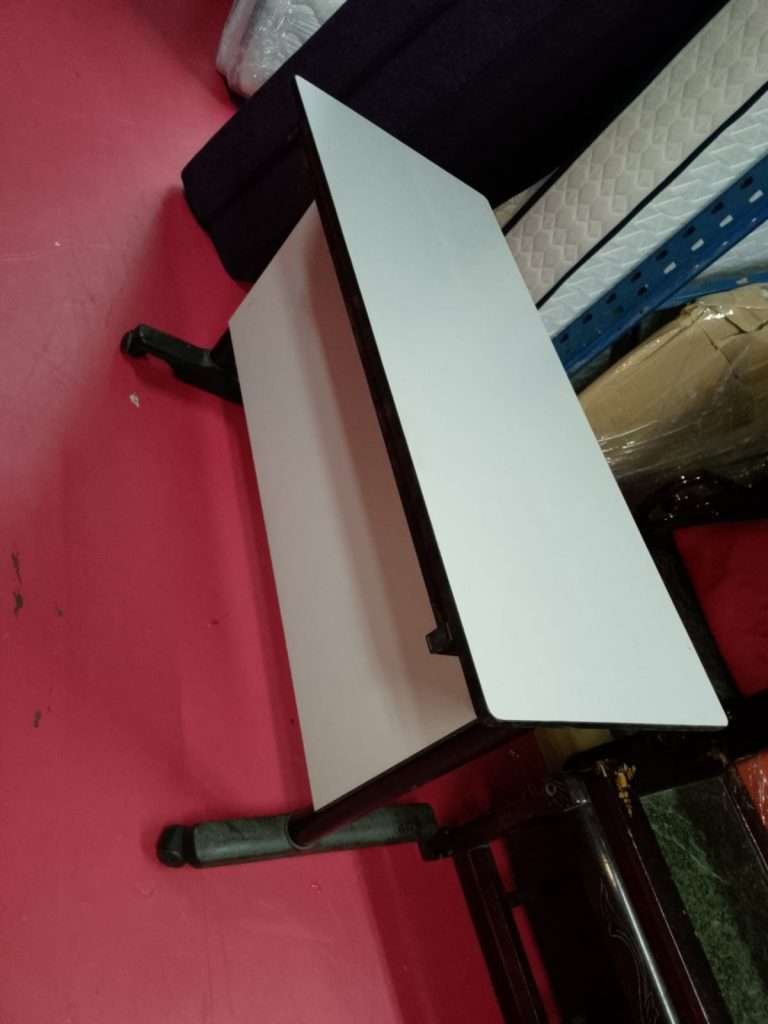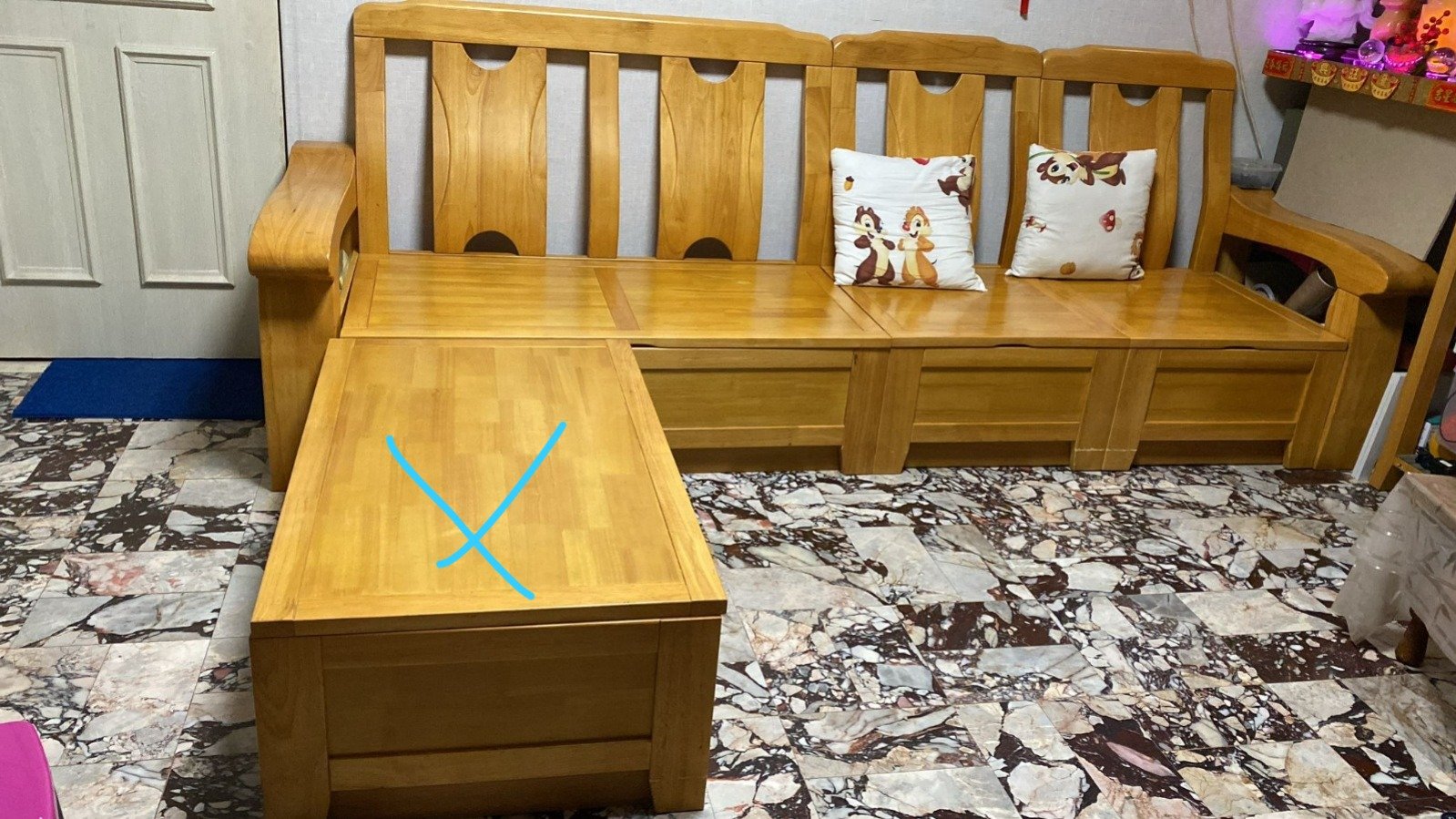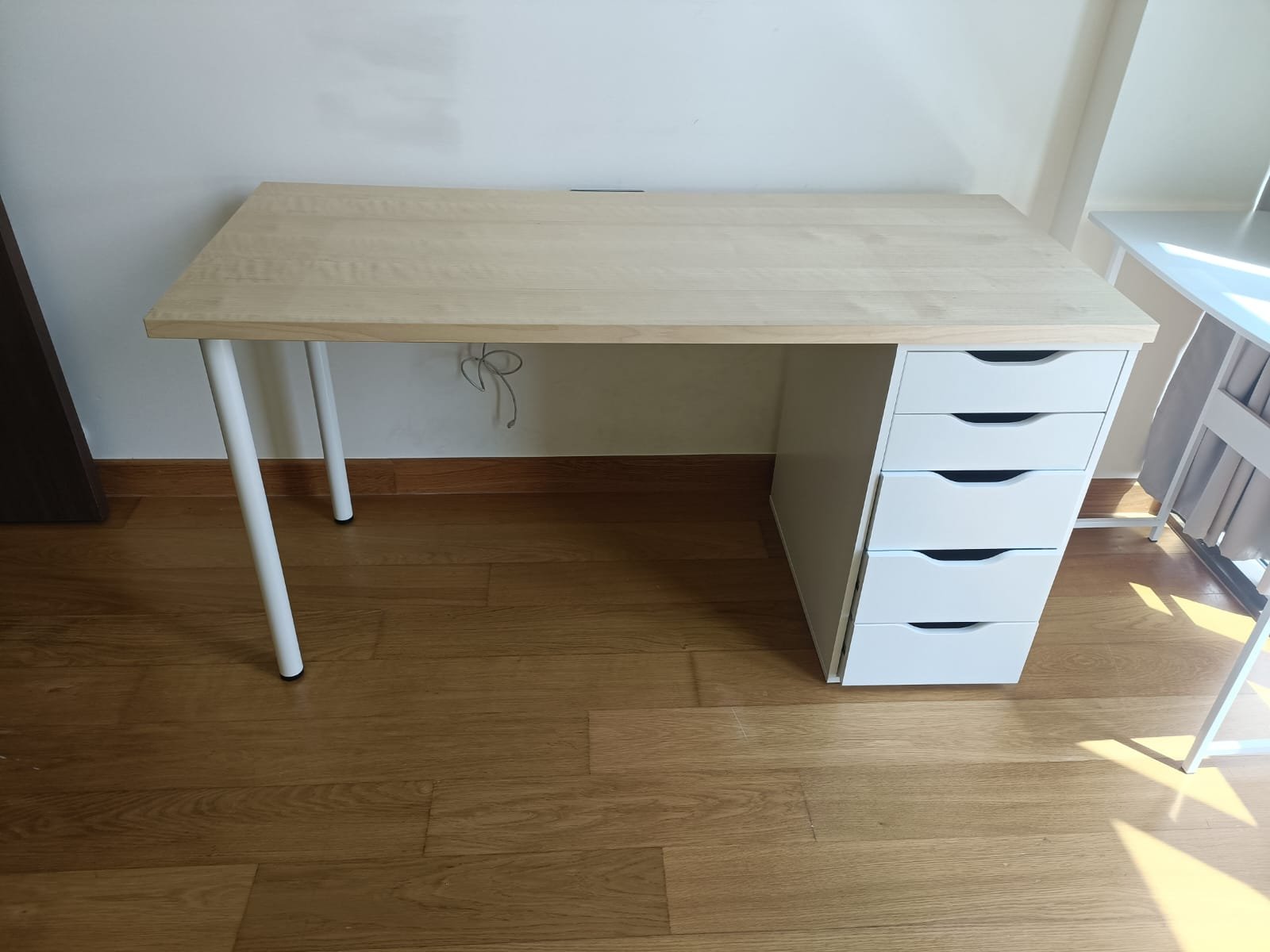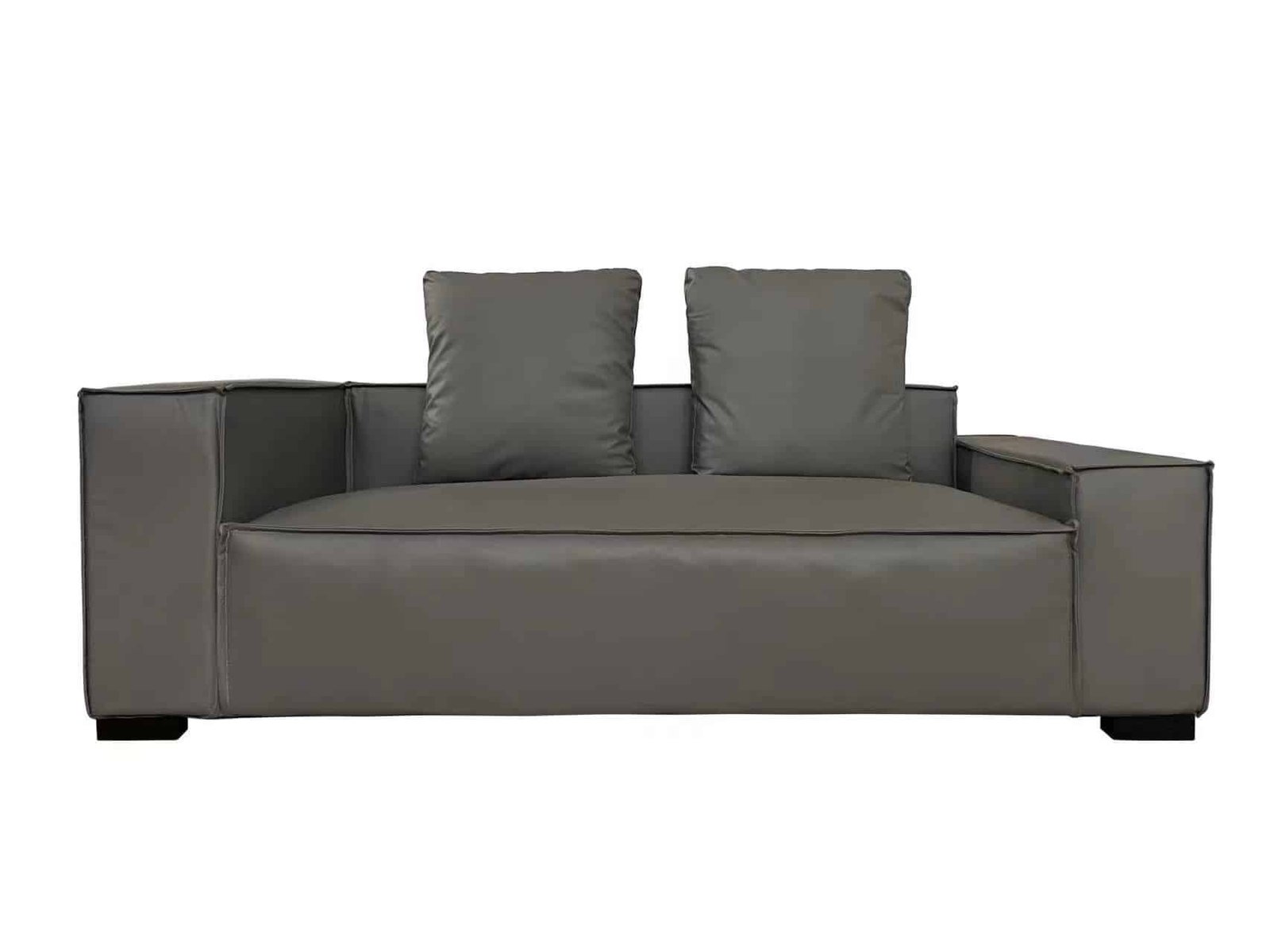Introduction to Local Furniture Recycling
Local-furniture recycling is becoming increasingly important in our quest for sustainability. As consumers, we often find ourselves in possession of furniture that no longer fits our style, needs, or living space. Instead of simply tossing it in the landfill, we have the opportunity to recycle, refurbish, and repurpose our old furniture, contributing to a greener planet. Not only does this practice reduce waste, but it also promotes a circular economy where resources are used more efficiently. In this article, we’ll explore the various benefits of local furniture recycling and provide practical tips for getting involved in your community. If you’re looking to incorporate sustainable practices into your living room decor, exploring the benefits of used living room furniture can be a great next step. This approach not only complements eco-friendly recycling efforts but also offers unique options to create a stylish, environmentally conscious home.
The Importance of Furniture Recycling
Furniture production has a significant environmental impact. The materials used—wood, metal, and upholstery—require substantial resources to extract, process, and transport. When we throw furniture away, we waste those resources and contribute to landfill overcrowding. Local furniture recycling helps mitigate these effects. By recycling, we can reduce greenhouse gas emissions and conserve natural resources, ultimately leading to a healthier environment.
Economic Benefits
Engaging in local-furniture recycling can also have economic advantages. It supports local businesses, particularly those that specialize in refurbishing or reselling second-hand furniture. These businesses often provide jobs and stimulate the local economy. Additionally, recycling furniture can save you money. Instead of buying new pieces, you might find high-quality, pre-owned items at a fraction of the price.
How to Get Started with Local Furniture Recycling
If you’re interested in participating in local-furniture recycling, there are several steps you can take to make a difference.
- Assess Your Furniture: Start by evaluating the pieces you want to recycle. Are they in good condition? Can they be repaired or refurbished? If they are still usable, consider donating them to local charities or shelters.
- Research Local Options: Look for local recycling programs or centers that accept furniture. Many cities have specific guidelines for what can be recycled, so it’s important to familiarize yourself with those rules. You can often find information on municipal websites or by contacting local waste management authorities.
- Explore Upcycling Opportunities: Upcycling is a creative way to give new life to old furniture. You can paint, reupholster, or redesign items to suit your taste. Many online tutorials and DIY blogs provide inspiration and guidance on how to transform tired pieces into stylish additions to your home.
- Participate in Community Events: Many communities organize furniture recycling events, such as swap meets or donation drives. These events are excellent opportunities to give away unwanted furniture while discovering unique pieces from others. Check local event listings or community boards for upcoming activities.
The Role of Local Businesses in Furniture Recycling
Local businesses play a crucial role in promoting and facilitating furniture recycling. Many furniture stores now offer take-back programs, allowing customers to return old pieces when purchasing new items. Additionally, some shops specialize in refurbished furniture, providing a sustainable alternative to buying new.
Collaborations and Partnerships
Local governments and non-profits often collaborate with businesses to raise awareness about recycling initiatives. These partnerships can lead to innovative programs that encourage community members to recycle their furniture responsibly. Support for these initiatives not only benefits the environment but also fosters a sense of community pride and responsibility.
Challenges in Local Furniture Recycling
Despite the many benefits, local-furniture recycling can come with its challenges. Some people may be unaware of available resources or may not know how to begin the recycling process. Additionally, the transportation of large furniture items can be an obstacle. To address these challenges, education and outreach efforts are essential. Communities should strive to inform residents about recycling options and make the process as easy as possible.
Sustainable Living Through Local Furniture Recycling
Embracing local-furniture recycling is a significant step toward sustainable living. By choosing to recycle, upcycle, or donate unwanted furniture, we actively contribute to a more sustainable future. It’s not just about reducing waste; it’s about rethinking how we consume and use resources.
Creating a Culture of Recycling
To foster a culture of recycling, we need to encourage discussions around sustainable practices in our communities. This can be done through workshops, social media campaigns, or community meetings. By sharing ideas and success stories, we can inspire others to take action and participate in local furniture recycling.
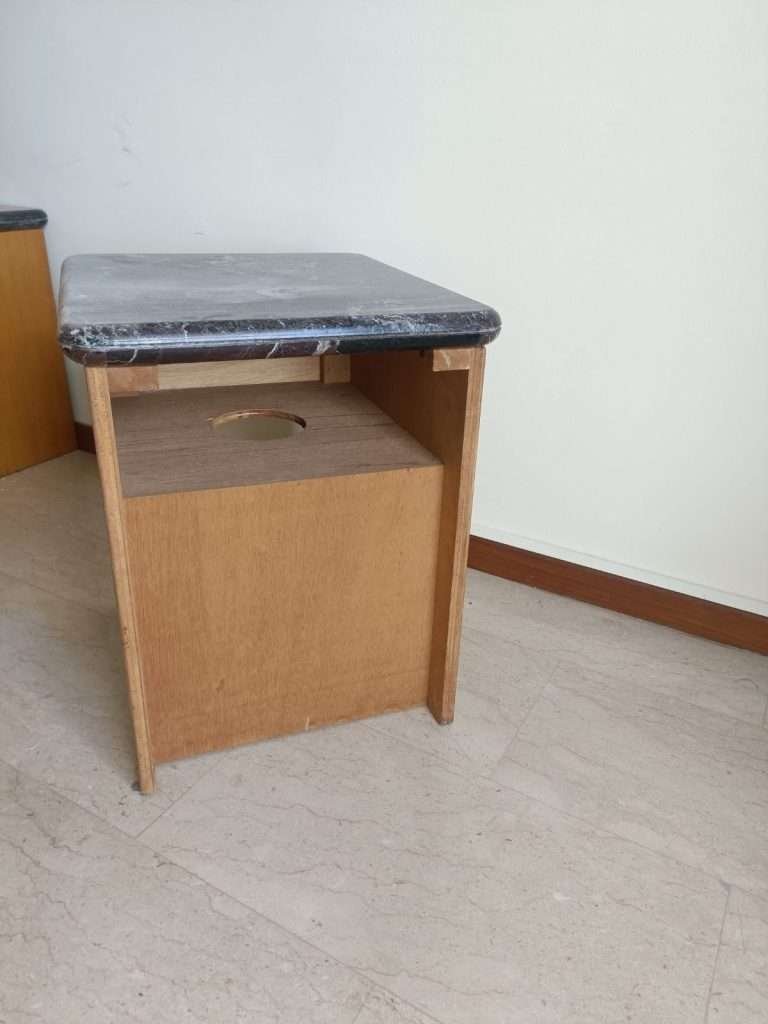
Conclusion: Join the Movement for Local-Furniture Recycling
In conclusion, local-furniture recycling is an impactful way to promote sustainability and reduce waste in our communities. By assessing your furniture, researching local options, and participating in community events, you can play a vital role in this movement. Remember, every little action counts! For more information on local recycling options and to explore sustainable furniture solutions, visit Second Chance Furniture. Together, we can make a positive difference for our planet and future generations.


